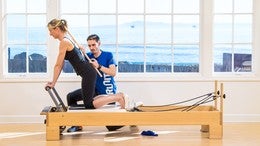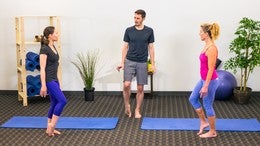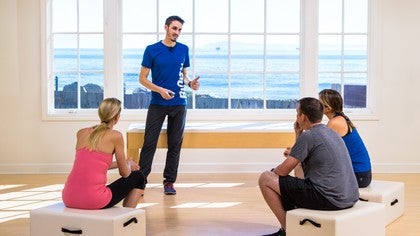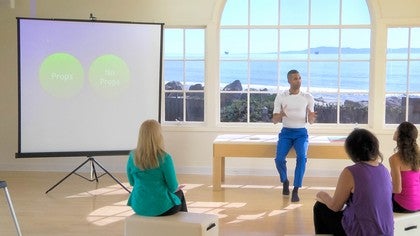Premium Continuing Education workshop
You can view a 2 minute preview. For details, scroll down below the video.
Description
Objectives
- Learn the about efficient running form and what can be done to improve in these areas
- Learn the different reasons why people get injured while running and what can be done for prevention
- Learn how shoes and foot placement plays a role in running form
About This Video
Continuing Education Credits
If you complete this workshop, you will earn:
2.0 credits from Pilates Association Australia (PAA)
The Pilates Association Australia (PAA) is an independent and not-for-profit organization established by the Pilates industry as a regulatory body for control of quality instruction, member support, and integrity within all legitimate approaches to the Pilates Method.
3.0 credits from National Pilates Certification Program (NPCP)
The National Pilates Certification Program is accredited by the National Commission for Certifying Agencies (NCCA)
Workshops: Special Populations
Comments
I will be trying the nervous system cadence exercises over the next couple of weeks.
Thank you Juan.
N.b. Just a niggle with the system, despite watching it end to end, it thinks I haven't watched it, so I'm unable to attempt the quiz!
I just went to take the quiz and it told me I had only watched 44% of the video. I've watched the entirety... what do you suggest (same problem as Louise)?
You need to be a subscriber to post a comment.
Please Log In or Create an Account to start your free trial.





























